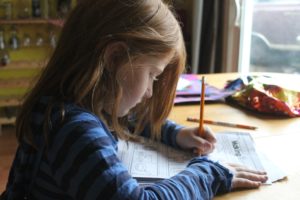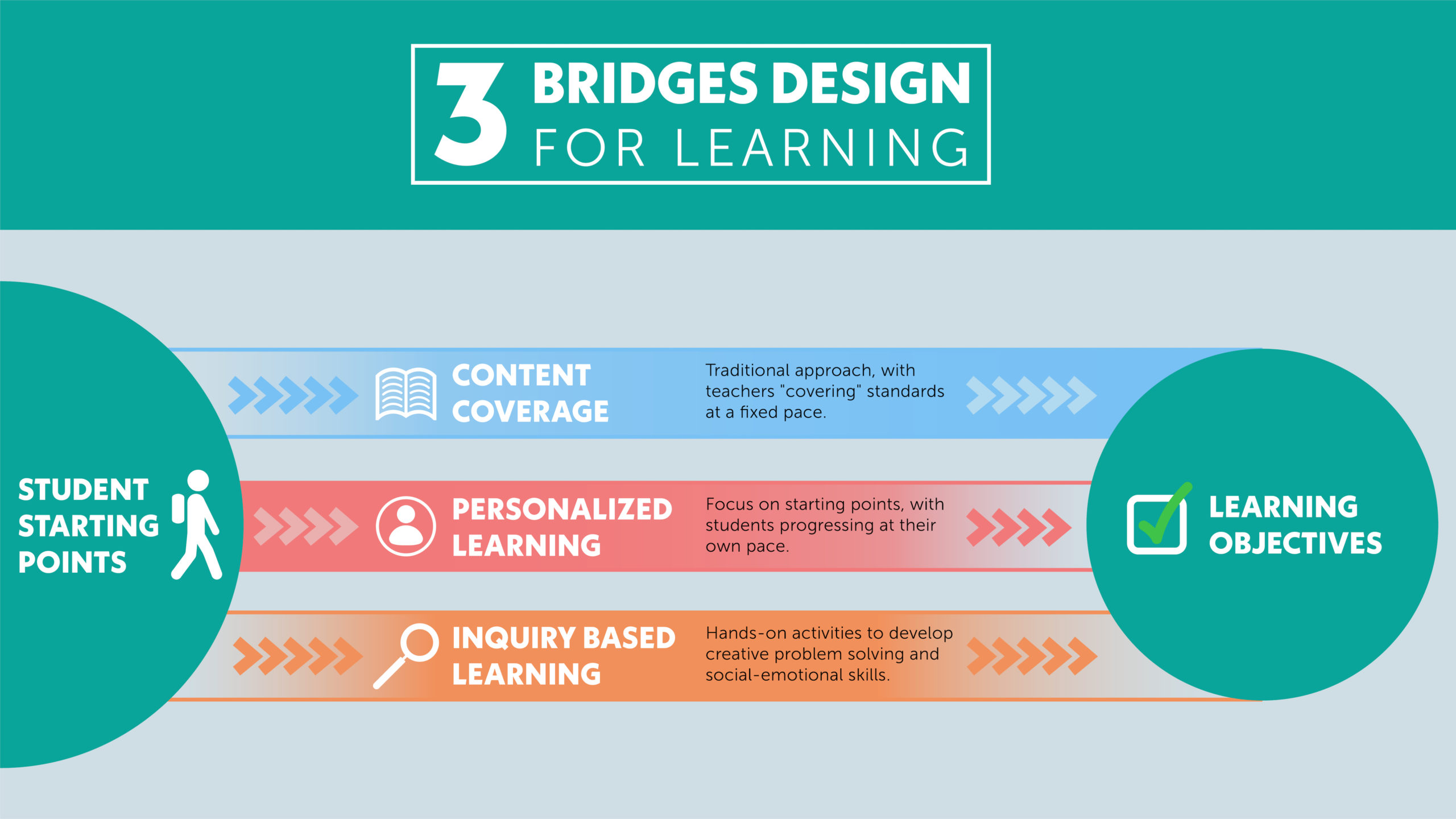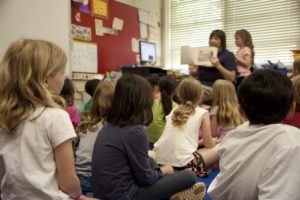
Addressing The Problem with Homework
Many educators are starting to recognize the problem with homework. And while homework is almost universal, there is little evidence that it actually works.

Most teachers start a new school year with difficult choices. A new crop of 25 or so students is entering our class. Who is on grade level? Who is several years behind? If we focus on differentiation, how will we cover the curriculum?
Faced with these challenges, many teachers opt to simply follow the text. “As long as I’ve presented the material,” the thinking goes, “students are responsible for the rest.” Education leaders have long promoted differentiation as a solution to one-size-fits-all education. Unfortunately, teachers are left to figure out how to cover the grade level content while still meeting the needs of each student.
Too often, as educators, we focus solely on grade level standards, the end of the learning journey. Rarely are we able to even identify each students’ starting point, let alone tailor instruction to each student. To truly meet students’ needs, though, we have to view curriculum as a bridge between the two points. If we meet all students where they are, those who start behind will never cover lost ground. If we only focus on the destination, many students will become lost and frustrated.
When we see our role as ‘bridge-builder,’ the question remains: What bridge should we build? I’ve found that most bridges fall into one of three categories:

Many classes rely exclusively on the Content Coverage approach, in which every student learns the same thing every day. Despite its limitations, this is the accepted norm, and is unlikely to disappear any time soon. Doing away with traditional sequencing entirely and replacing it with personalized learning and hands-on tasks, would drive most educators into a panic.
The ‘Three Bridges’ approach, however, can build upon the traditional approach in order to support a variety of learners. Using all three bridges makes planning and differentiation more manageable. Here’s a breakdown of what’s involved in each of the three approaches.
This is the approach many teachers are most comfortable with, and it does expose students to important content. When students are not prepared for grade level content, though, this creates challenges. In theory, scaffolding (differentiating process, but not content) should help all students access grade level content. In many subjects, though, each skill builds upon previous skills. Once students fall behind, exposing them to grade-level standards does little to fill the gaps they began the year with. Even with formative assessment, we mostly just chip away at the tip of the iceberg.

With a personalized approach, students begin their learning journey at their ability level. Once in place, this type of differentiation requires minimal maintenance. Teachers save time planning and grading, and can use this time to plan hands-on experiences. Teachers accustomed to lecturing can gain experience as a guide-by-the-side.
Personalized platforms provide teachers and administrators with data on student productivity and progress. This information can help in planning the other two bridges.
Once personalized learning has been put into place, it requires little maintenance. However, getting started can take some time. Students will need devices with internet access, as well as login information. Teachers unaccustomed to using technology in their classroom may need training, and picking the right platform is crucial. Students will also need training on using computers in school, including digital citizenship.
Many progressive educators have embraced low-floor/high-ceiling tasks. Instead of deciding between teaching students and standards, the answer becomes: do both! Hands-on tasks allow students to get different benefits from the same activity. These tasks include projects, problems, and games. Students engage in collaborative learning and higher order thinking, while having fun.
In theory, hands-on activities meet students where they are, yet still push them to meet grade-level standards. It can be hard to measure the impact of this approach, though. Hands-on learning also requires a high level of teacher expertise. Teachers must support students in productive discourse and be comfortable facilitating.
Since students use various strategies, teachers must be able to assess work without use of a teachers manual. Teachers also need to be familiar with standards across several grade levels. Here are some example tasks from Jo Boaler’s site, YouCubed.org
Before focusing on the hands-on approach, it may help to start with personalized learning. The data generated will help you better understand student difficulties. And facilitating work on a platform can be a good introduction to being a guide-by-the-side.
By combining scope-and-sequence with personalized learning, teachers can better meet student needs. This insight into student strengths and gaps can help in planning whole class instruction. Scaffolding strategies can provide access to the content for an even wider range of students.
When teachers take the time to adapt their scope-and-sequence to each class, they typically spend more time on review early in the year. Once gaps from prior grade levels have filled, we can move more quickly through grade-level content.
Room to Discover helps teachers and schools with all aspects of student-centered learning, including curriculum planning, personalized and hands-on learning. Let’s talk about how 3-Bridges Learning can increase achievement and engagement in your school or district. Contact us for answers to your questions, or to schedule a free consultation.

Many educators are starting to recognize the problem with homework. And while homework is almost universal, there is little evidence that it actually works.

Does the Danielson Rubric improve teaching? Maybe it’s an unfair question. After all, it’s a rubric, not a training program. But…

Teaching word problems takes more than key words. The Polya Process helps your students think strategically and make sense of story problems.